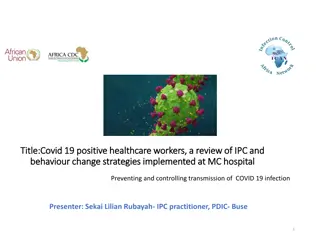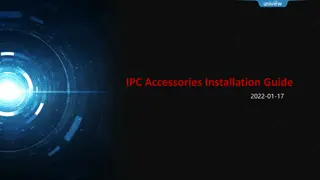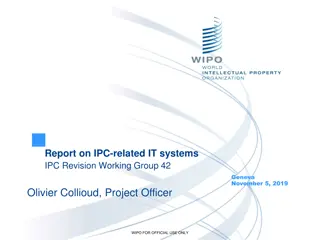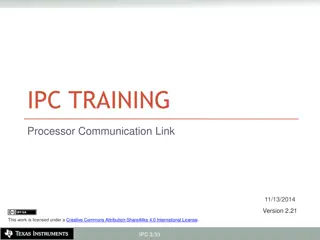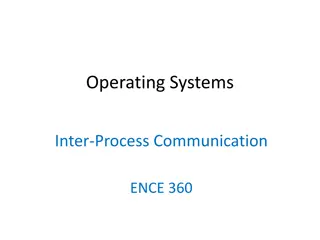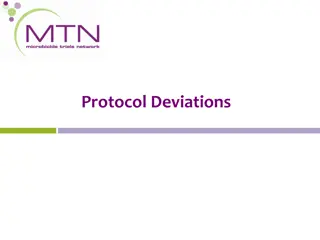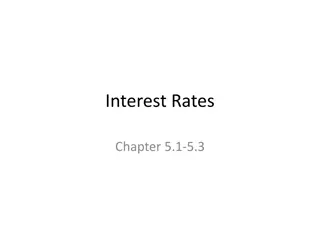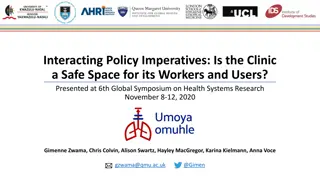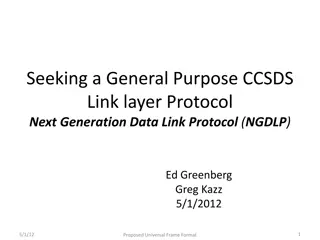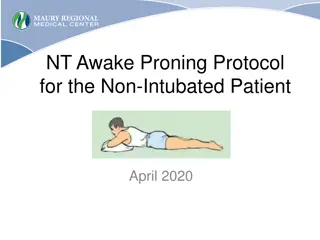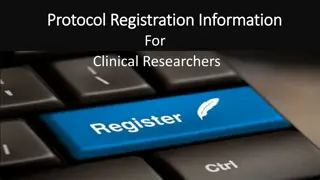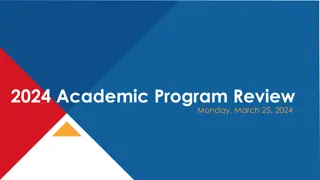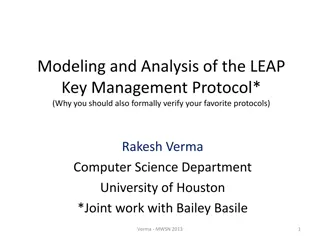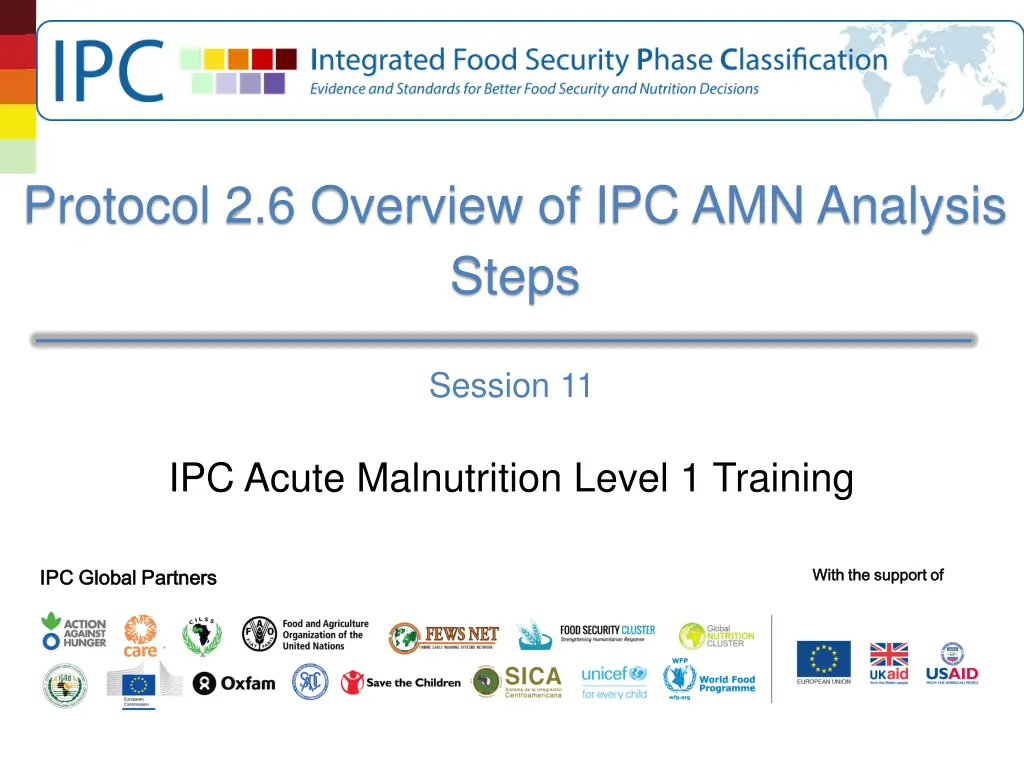
Overview of IPC Acute Malnutrition Analysis Steps
Explore the systematic documentation and analysis steps outlined in Protocol 2.6 for IPC Acute Malnutrition, designed to promote evidence-based analysis and identification of severity drivers. Learn about the 11 essential steps involving context, evidence analysis, phase classification, and key drivers.
Download Presentation

Please find below an Image/Link to download the presentation.
The content on the website is provided AS IS for your information and personal use only. It may not be sold, licensed, or shared on other websites without obtaining consent from the author. If you encounter any issues during the download, it is possible that the publisher has removed the file from their server.
You are allowed to download the files provided on this website for personal or commercial use, subject to the condition that they are used lawfully. All files are the property of their respective owners.
The content on the website is provided AS IS for your information and personal use only. It may not be sold, licensed, or shared on other websites without obtaining consent from the author.
E N D
Presentation Transcript
Protocol 2.6 Overview of IPC AMN Analysis Steps Session 11 IPC Acute Malnutrition Level 1 Training IPC Global Partners IPC Global Partners With the support of With the support of
Protocol 2.6: Systematically Document Evidence And Analysis and Make Them Available Upon Request What is the objective of Protocol 2.6? To promote a systematic, transparent and consistent evidence-based analysis How does Protocol 2.6 work? IPC analysis takes the analyst through the IPC AMN Analytical Framework, calling for evidence and critical examination as linked to the IPC Reference Table The Analysis Worksheet helps document evidence and conduct analysis in a systematic way Parts of the worksheets should be filled before the analysis workshop so that analysts can focus on critical review of evidence rather than on insertion of evidence 2
11 Steps to Classify Severity & Identify Drivers Step 1: Context and analysis parameters Step 2: References for evidence Step 3: Analysis of outcomes (current classification) Step 4: Analysis of evidence on contributing factors and other issues (current classification) Step 5: Phase classification (current) Step 6: Key drivers Step 7 Limitations of analysis Step 8 Priority response objectives Step 9 Analysis of evidence on contributing factors and other issues (projection classification) Step 10 Analysis of outcomes (projection classification) Step 11 Risk factors to monitor
Step 1 Step 1: Context and analysis parameters 4
Step 2 Step 2: References for evidence 5
Step 3 Step 3: Analysis of outcomes (current classification) 6
Step 4 Step 4: Analysis of evidence on contributing factors and other issues (current classification) 7
Step 5 Step 5: Phase classification (current) 8
Step 6 Step 6: Key drivers 9
Step 7 Step 7: Limitations of the analysis 10
Step 8 Step 8: Priority response objectives 11
Step 9 Step 9: Analysis evidence on contributing factors and other issues (projection classification) 12
Step 10 Step 10: Analysis of outcomes (projection) 13
Step 11 Step 11: Risk factors to monitor 14
www.IPCinfo.org The End IPC Global Partners IPC Global Partners With the support of With the support of

